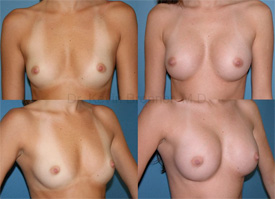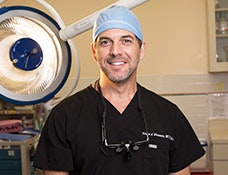- Home
- About
-
Procedures
-
Breast
- Breast Explant Surgery
- Breast Implant Illness
- Breast Implant Removal
- Breast Lift
- En Bloc Capsulectomy
- Breast Reduction
- Ruptured Breast Implants
- Capsular Contracture
- Breast Implant Problems
- Tuberous Breast Correction
- Breast Revision Surgery
- Male Breast Reduction for Gynecomastia
- Breast Reconstruction
- Body
- Face
- Nose
- Non-Surgical
-
Breast
- Testimonials
- Media
- Resources
-
Contact
Breast Augmentation -Mastopexy
Alternative Procedures Offered by Dr. Brenner
Dr Brenner no longer performs this exact procedure. Here are two pages where you can learn about Dr Brenner's parallel procedures.
Let’s start by answering the question, what is a Mastopexy?
Some women over their pregnancy can experience quite the enlargement of their breasts and then following delivery have them drastically subside, this is known as post-partum breast involution. In addition to the loss of fat tissue after pregnancy, swelling can cause the skin to stretch and sag, resulting in a drooping (ptosis) of the gland and nipple-areolar complex. No amount of exercise will re-tighten this skin. A mastopexy is an operation designed to lift a breast that is sagging to a more youthful, perky position.

Gallery
View Gallery


When a doctor performs breast augmentation and breast lift at the same time, it can be a tricky procedure. It historically is known to have a relatively high rate of revision (Some studies show it is 8 - 17%). The reason for this does have a lot to do with the quality of breast skin and breast tissues of the patient, but an additional reason for this is that the two actions of the operation are in direct opposition to each other.
The operation by definition is one in which both components are competing with each other. Specifically, most women have a nipple position that is too low and excess breast tissue that is too saggy. The lift portion of the operation serves to correct the nipple position and reduce the amount of excess skin. While experiencing the sagging of the tissue, some women also have lost volume in their breast tissue as a result of post-partum deflation, weight loss, or both. The breast implant portion of the operation allows this to be corrected and increase the breast mound.
The mastopexy effectively pushes the breast up while the breast implant, because of its weight and gravity, effectively pushes the breast down. This is where the 2 operations cross each other and the effectiveness of a top breast surgeon is a necessity.
Dr. Brenner strives to perform these operations in one stage, striving to have as low of a complication and revision rate as possible. To accomplish this, there are some guiding principles he uses that help to achieve success in this operation:
- Ensure to choose and use an implant that is not too big and is placed in the sub-muscular position.
- Always choose an implant that matches (and is slightly smaller than) the breast base diameter. The mid-point of the implant should live just beneath the nipple.
- Make sure to use as much of the patient’s own breast tissue as possible. For some patients, this means simply removing the skin from the lower portion of the breast and utilizing the underlying breast tissue to cover the lower pole of the breast.
- Measure the vertical scar length. Ensure this is a short, but size appropriate, length. This will allow the nipple position to remain in the correct area for the long term.
- Always use a superior or superior-medial breast pedicle in order to help preserve fullness in the upper portion of the breast
The arrival of the IDEAL IMPLANT®
After years of research and testing, as well as consulting many women and plastic surgeons, we have accomplished a design of a saline-filled breast implant, now known as the IDEAL IMPLANT®.
- Recently approved by the FDA
- Lowered edges, allowing it to contour better to the best wall
- Designed to combine the best of both saline and silicone implants
- The natural result of silicone with the safety of saline

